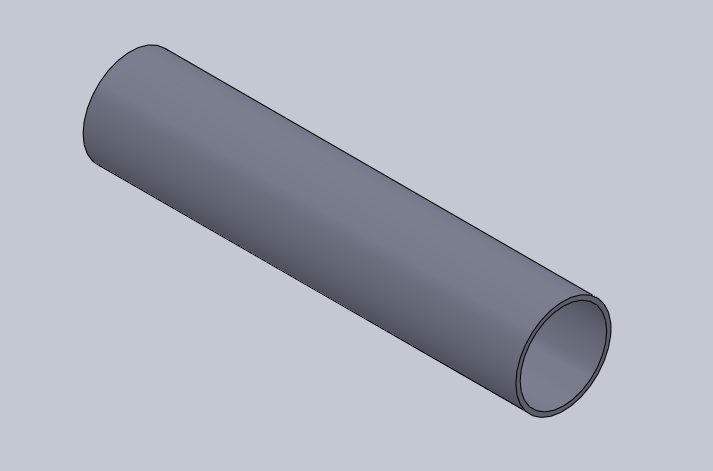PROJECT 1: VALVELESS PULSE-JET ENGINE
A Valveless pulse jet (or pulsejet) is one of the simplest jet
propulsion devices ever designed, and is the simplest form of jet engine
that does not require forward motion to run continuously. Valveless pulsejets are low in cost, light
weight, powerful and easy to operate. They have all the advantages (and most of
the adisadvantages) of conventional valved pulse jets, but without the
troublesome reed valves that need frequent replacement - a valveless pulsejet can operate for its
entire useful life with practically zero maintenance. They have been used to
power model aircraft, experimental go-karts and even some
unmanned military aircraft such as cruise missiles and target drones.
HISTORY:
 |
| GERMAN V1 BOMB |
The pulsejet
engine was first invented in the early 1900 by a Swedish inventor Martin Wiberg
Paul Schmidt, who engineered the first production pulsejet during the Second World War with his flying bomb, the Argus V1.
Nicknamed the “buzz” bomb because of the low hum it emitted
during flight.
Used by the Germans to bomb London from 1944-1945.
Over 9,000 V-1 were fired on England during WW2.
The pulsejet took a backseat in the engineering world when the turbofan jet
engine was invented
Has returned to the engineering scene as of late because of the interest in
Pulse Detonation Engines (PDE).
The "valveless" pulsejet is not really valveless — it just uses the mass of air
in the intake tube as its valve, in place of a mechanical valve. It cannot do
this without moving the intake air outward, and this volume of air itself has
significant mass, just as the air in the tailpipe does — therefore, it is not
blown away instantly by the deflagration but is accelerated over a significant
fraction of the cycle time. In all known successful valveless pulsejet designs, the intake air
mass is a small fraction of the tailpipe air mass (due to the smaller
dimensions of the intake duct). This means that the intake air mass will be
cleared out of contact with the body of the engine faster than the tailpipe
mass will. The carefully designed imbalance of these two air masses is
important for the proper timing of all parts of the cycle.
VALVED AND VALVELESS PULSEJETS:
•Valved:
Pedal or spring
valve construction
Harder to build
•Valve-less:
No moving parts
Easier to build
Cheaper
DESIGN:
This engine was built in
January 2012. Back then I had no idea that I will be creating jetprojects blog So
I didn't click pictures during fabrication of the engine.However the CAD
models and testing pictures and videos are available .I believe that the
following information will be useful to all DIY jet engine enthusiasts.
The
main objective of the design was to make the engine as simple as possible. So I
limited myself to simple cylindrical structures . Initially a rough hand
sketch of a simple design was made on an A4 sheet. Later a 3D model was
generated using Solid Works .
 |
| COMBUSTION CHAMBER |
 |
| INLET |
 |
| EXHAUST |
 | |||||||||
| COMPLETE ENGINE |
FABRICATION:
•
The
entire engine was made from SS304(stainless steel) Sheets and
SS304 pipe.
•
The
inlet and combustion chamber were rolled from SS304 sheet.
•
The
exhaust is an SS304 pipe.
•
The
three parts were welded together by MIG welding at a welding
Work Shop.
•
The
rolling process and welding process were done in the
Workshop.
•
The
fuel injector was made by bending and welding copper tubes.
•
LPG was used a fuel for running the engine
.
•
A 15kg LPG cylinder was used.
•
An LPG gas tube was used to link the
cylinder outlet to the
fuel injector.
•
A
high flow rate LPG regulator was also used to provide high
fuel
flow into the engine’s combustion chamber
 |
| LPG (PROPANE CYLINDER) |
 |
RUBBER TUBE
|
 |
| HIGH FLOW RATE REGULATOR |
FUEL INJECTOR:






To explore more about Pulse Jet Valve EngineClick here
ReplyDelete